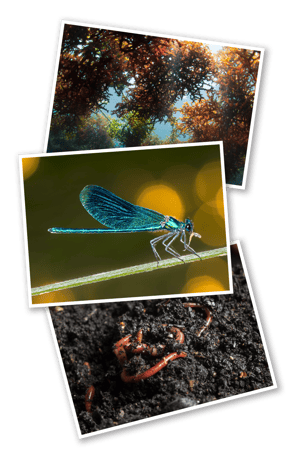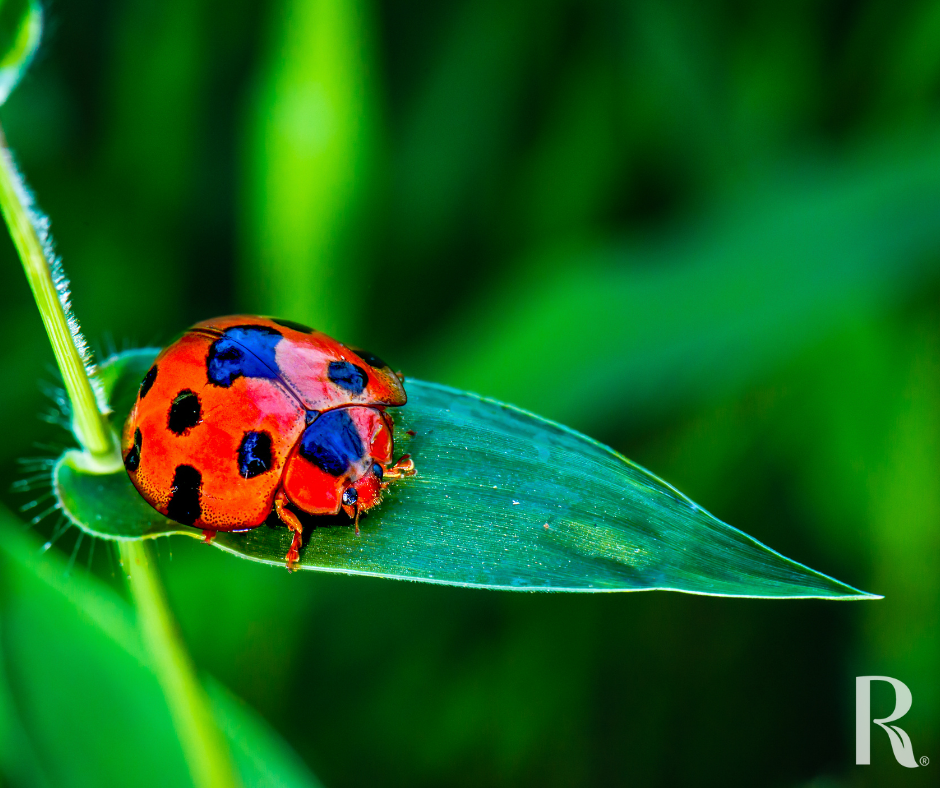To be of any help to your population of beneficial insects in your area, you of course need to be able to recognise what a beneficial insect is and the fact that they can look different at various stages of their life cycles.
This is my "Recognise - Protect - Encourage" method.
Understanding that it’s not just ladybeetles, bees and butterflies that are important, and that balance is the key.
Not so desirable bugs are quite often important food sources for good bugs.
Once you have a clear idea that there are 1000’s of insects that fit into the good bug box, you can truly make a difference.
Why are they important?
Pollinators: A lot of beneficial insects are our pollinators; bees, wasps, butterflies, hoverflies. They pollinate not only our edible crops of vegetables and fruiting plants but our native shrubs, trees and more.
Predators: Then there are our good predatory insects that predate on the insects that we often call bad bugs. These insect species help maintain the balance.
 How to encourage them
How to encourage them
No chemicals: Chemical insecticides don’t differentiate between good and bad bugs and have a ‘kill all’ approach when used. Choosing not to spray or using organic sprays that are harmless to beneficials such as eco-oil and eco-neem are a good start. Be aware that just because a spray says ‘organic’ or ‘safe’ doesn’t mean it won’t kill good bugs too. Take pyrethrum for example, it is organic but still harmful to many good bugs.
When it comes to soil additives and fertilisers, stick to organic here as well.
Shelter: This can be in the form of leaving leaf litter in place, applying a thick layer of mulch, planting a variety of groundcovers, small shrubs, trees, and vines. This mimics our natural forest environments.
Bug hotels: Placing bee hotels of various sizes and types in a variety of locations will give some of the many solitary native bee species and predatory wasps a place to nest.
Water: Have a pond or water pots. Water is a requirement for many beneficial insects, it will attract a variety of other good insects. They will use the water source not only for drinking but as a place for certain parts of their life cycle, for example damselflies and dragonflies.
Plants to plant
Flowering annuals: zinnia, alyssum, cosmos, calendula, marigold, Queen Anne’s Lace, sunflowers, red clover.
Perennials: salvia, daisies, yarrow, gerbera, echinacea, plectranthus,
Herbs in flower: basil, dill, fennel, parsley, coriander, mint, sage, thyme, oregano, lemon verbena.
Find our list of the Top Good Bugs you might find in your garden here.
Having an eclectic garden ensures a variety of flowers at all times of the year. A variety of exotic and native flowering shrubs and trees also play an important role.
Looking for more great gardening info like this? Subscribe to the Better Earth Program to receive Better Earth Secrets Magazine direct to your inbox each season.
_MEB.png?width=842&height=596&name=RP_HorizontalColour(R)_MEB.png)



